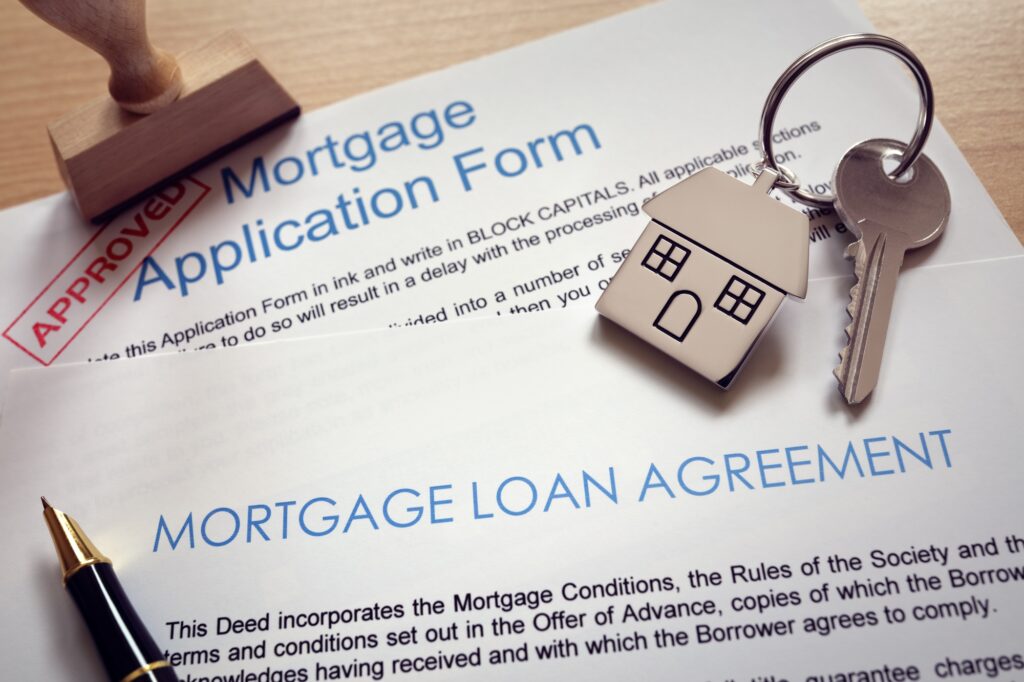Whether you are just starting out, or further along in your Home Financing journey, we will work with you to make sure that you are aware of all of the loan options available to you:
Conventional Loans:
Conventional loans are provided by private lenders such as banks and credit unions. Borrowers receive a lump sum and repay it with interest over a set period, commonly 15 or 30 years. These loans can have fixed or adjustable interest rates.
Conventional loans fall into two main categories: conforming and non-conforming. Conforming loans meet guidelines set by Fannie Mae and Freddie Mac regarding factors like loan limits (e.g., $806,500 in most areas for a single-family home in 2025), credit scores, and debt-to-income ratios. Non-conforming loans, such as jumbo loans, exceed these guidelines
Government Loans:
A government loan for a home, also known as a government-backed mortgage, is a type of mortgage that is insured or guaranteed by a U.S. federal agency. These loans are offered by private lenders, such as banks or credit unions, but the government’s backing reduces the risk for the lender, encouraging them to offer more favorable terms to a broader range of borrower.
Essentially, if a borrower defaults on a government-backed mortgage, the government agency pays the lender on the borrower’s behalf. This eliminates the repayment risk for lenders and allows them to approve borrowers who may not otherwise qualify for a conventional loan.
Non-Conforming Loans:
A non-conforming loan for a home is a type of mortgage that doesn’t meet the guidelines established by Fannie Mae and Freddie Mac, two government-sponsored enterprises (GSEs) that play a significant role in the U.S. mortgage market.
Why might a loan be non-conforming?
Loan amount exceeds conforming limits: The loan amount might be higher than the maximum limits set for conforming loans by the Federal Housing Finance Agency (FHFA). For example, in most parts of the U.S., the baseline conforming loan limit for a single-family home in 2025 is $806,500.
Borrower qualifications don’t meet conforming standards: The borrower’s financial profile, such as their credit score or debt-to-income (DTI) ratio, might not fall within the typical requirements for a conforming loan.
Loan has a non-traditional structure: The loan’s structure, like an interest-only repayment schedule or a term different from 15 or 30 years, might deviate from conforming loan standard.

